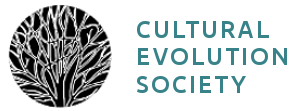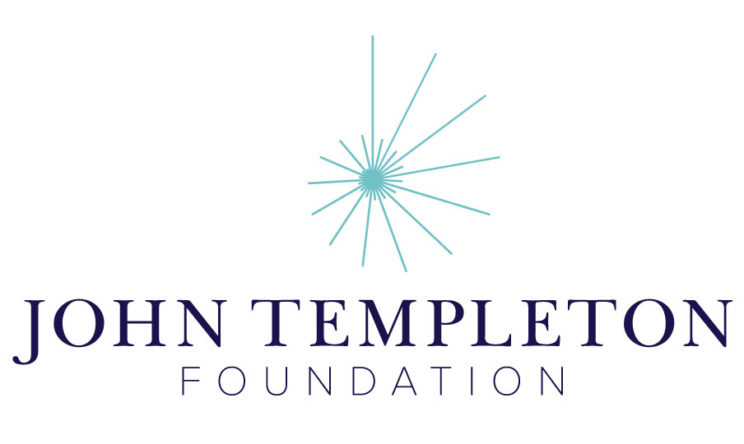Modeling the Dynamics of Cultural Diversification
Tutorial Contents
Google Colaboratory Environment. These tutorials are built in the Google Colaboratory Environment. To access these tutorials, you must be logged in to a Google account with Google Colaboratory (Colab) installed. Colab is a free resource linked to Google accounts that runs Python notebooks on the cloud and attaches to your Google Drive. If you do not have Colab installed, it can be found here: https://gsuite.google.com/marketplace/app/colaboratory/1014160490159. When you open a Colab notebook, Google creates a virtual machine for you with Python and the most relevant scientific packages preinstalled. Because it is a complete virtual machine, you can also install your own Python packages, download software from Github, link files from your Google Drive, run command line programs, and use a GPU/TPU. We make use of some of these features throughout the tutorials. If you are new to Colab, an introduction, overview, and list of resources are available here: Welcome to Colaboratory.
- Introduction. The introduction discusses biological macroevolution and how it motivates cultural macroevolution; highlights questions approachable from a cultural macroevolutionary perspective; introduces macroevolutionary methods that will be applied in future modules; and lays out the structure of these tutorials.
- 1– Diversity and Diversification. In this tutorial we introduce users to metrics for diversity and diversification rates. We build a simulator to explore the diversification of lineages within a cultural form. Empirically, we contextualize these analyses within diversity of car models that make up American automobiles throughout the 20th century (Gjesfjeld et al. 2020).
- 2– Introduction to Birth-Death Processes and LiteRate. In this tutorial we introduce the linear birth-death process as a statistical model for cutting through stochasticity in diversification rates. We also introduce LiteRate, an unsupervised machine-learning algorithm built on birth-death processes designed to identify statistically-signifcant shifts in diversification rates (Silvestro et al., 2019). Finally, we show users how to run LiteRate on their own data. Empirically, the module introduces the diversification of Metal bands active from 1968-2000 as a means to understand the history of the Metal music genre.
- 3– Interpreting LiteRate Results. This tutorial shows users how to check the convergence of LiteRate's Markov chain Monte Carlo algorithms, as well as how to plot LiteRate results. Empirically, we show how shifts in diversification rates delineate a multi-stage trajectory for the evolution of Metal music over time.
- 4– Modeling Evolutionary Mechanisms in Diversification Rates. In this tutorial we expand our simulator to model evolutionary mechanisms within diversification rates like significant extinctions, key innovations, and competition. We describe how to translate simulations to statistical models, and apply a competition model to the Metal data.
- 5– Cultural Phylogenies. This supplemental tutuorial examines the concepts and methods behind the use of phylogenetic approaches. It shows users the types of questions addressable using phylogenies, explains how phylogenies are constructed, and contrasts this approach to diversifcation rate analysis. Empirically, we demonstrate some phylogenetic analyses on a dataset of Austronesia languages (Gray, Drummond and Greenhill 2009).
This project was supported by Grant #61105 from the John Templeton Foundation to the University of Tennessee, Knoxville (PIs: S. Gavrilets and P. J. Richerson) with assistance from the Center for the Dynamics of Social Complexity and the National Institute for Mathematical and Biological Synthesis at the University of Tennessee, Knoxville.

The Cultural Evolution Society's Online Learning Tutorial Series is licensed under a Creative Commons Attribution-NonCommercial-ShareAlike 4.0 International License. For designers' contact information, click here.



